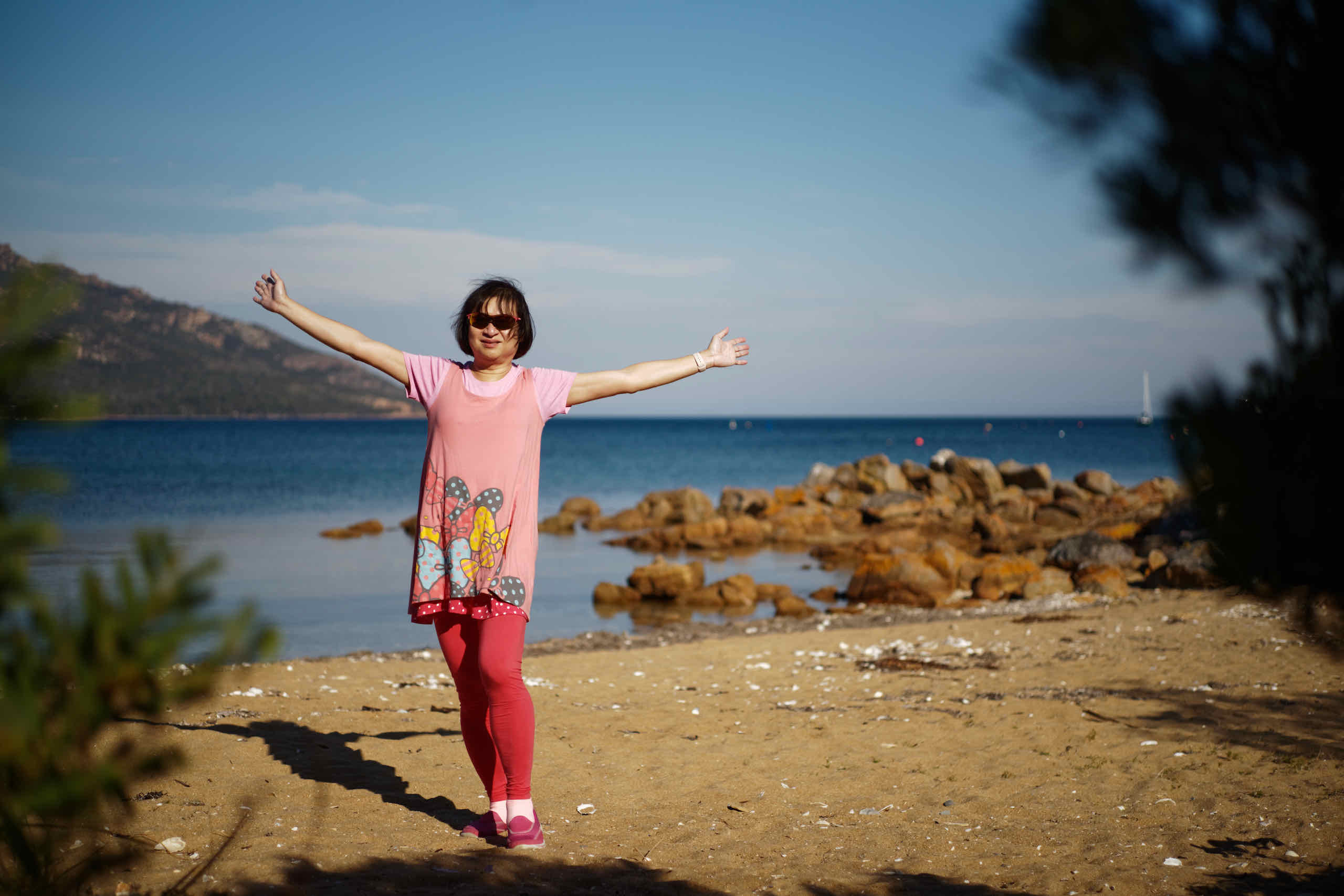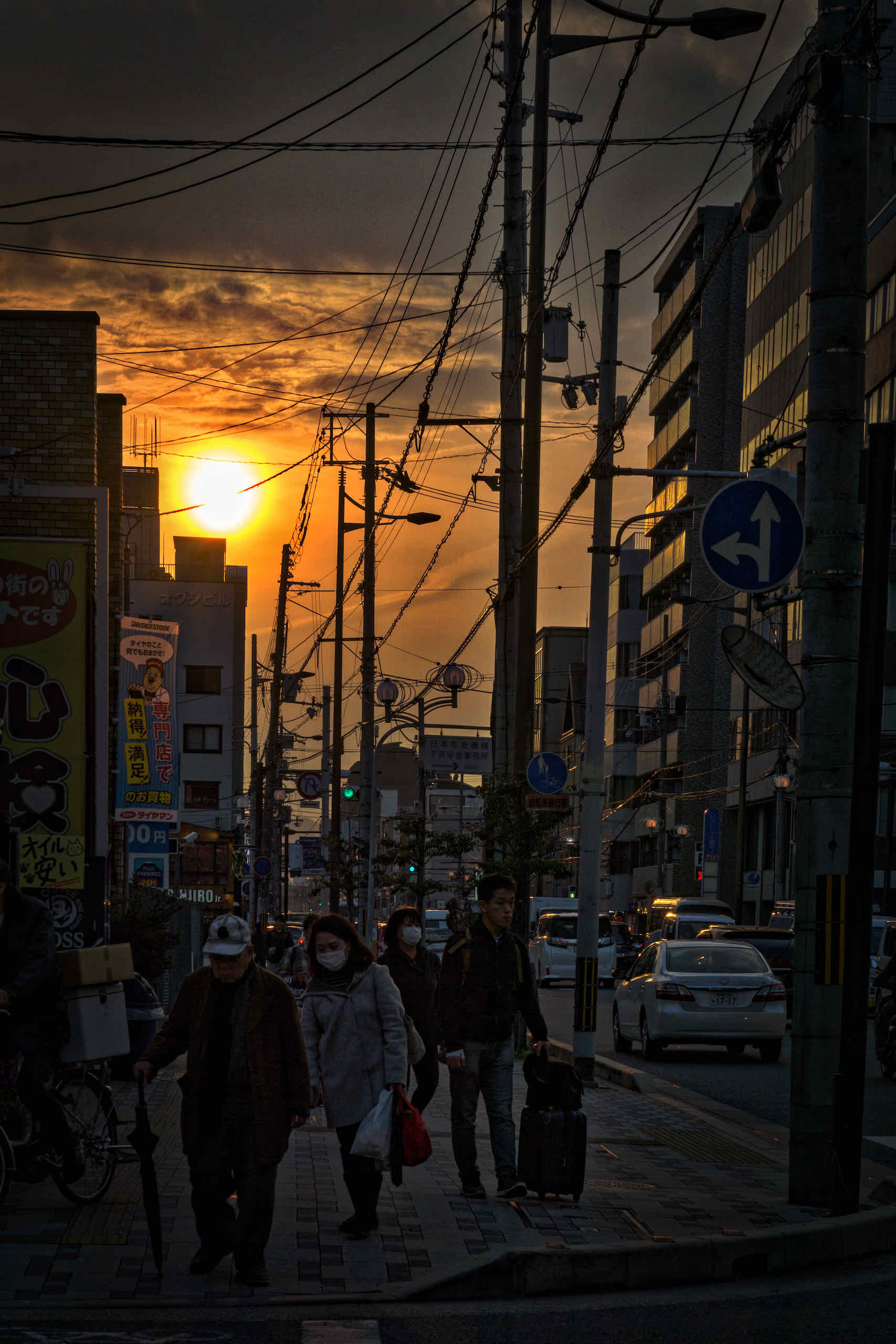
We walked back to Kyoto station as buses were full, crossed the bridge at Shichijo and saw a lovely sunset.
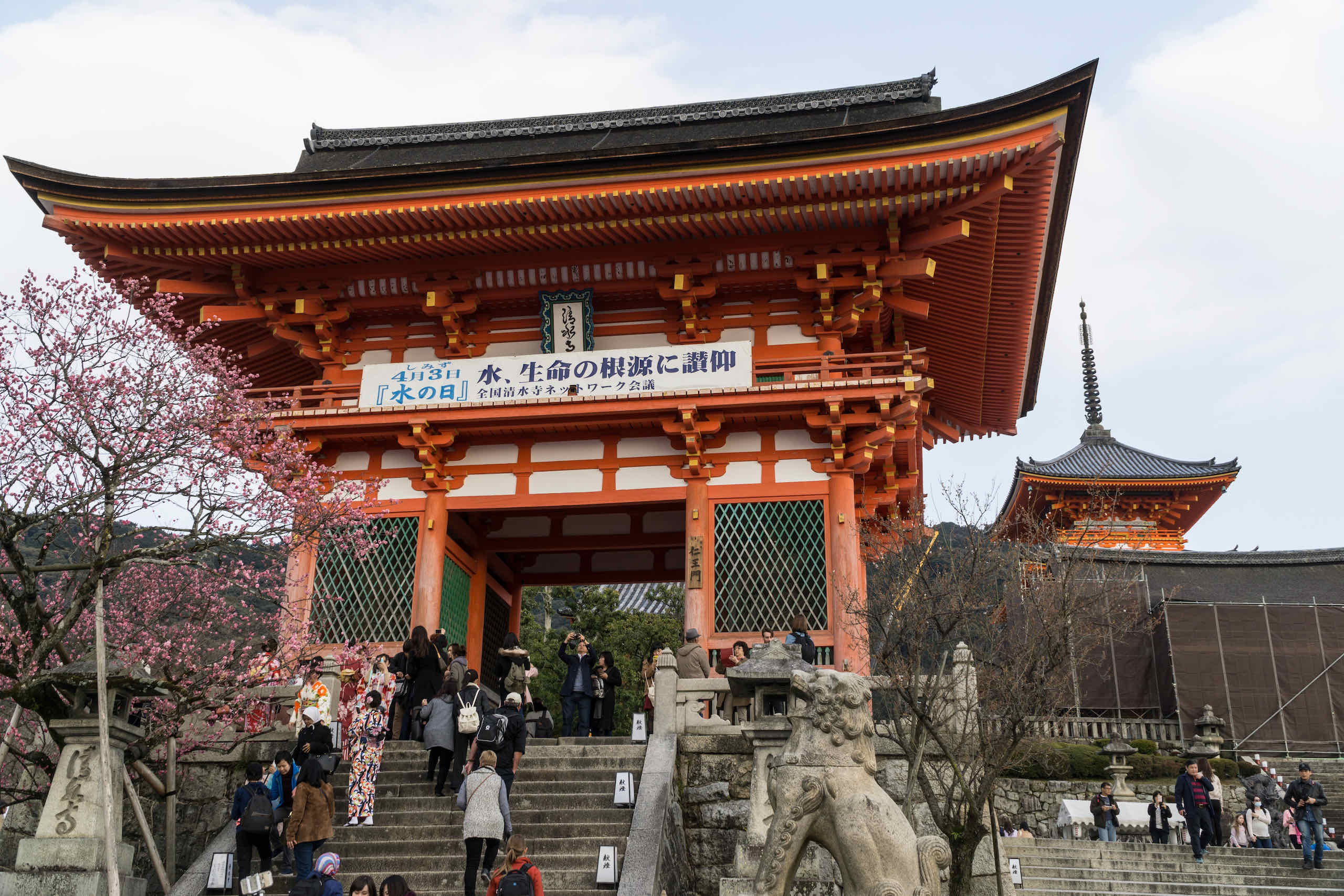
Otowa-san Kiyomizu-dera (音羽山清水寺), is a Buddhist temple and part of the Historic Monuments of Ancient Kyoto UNESCO World Heritage site.
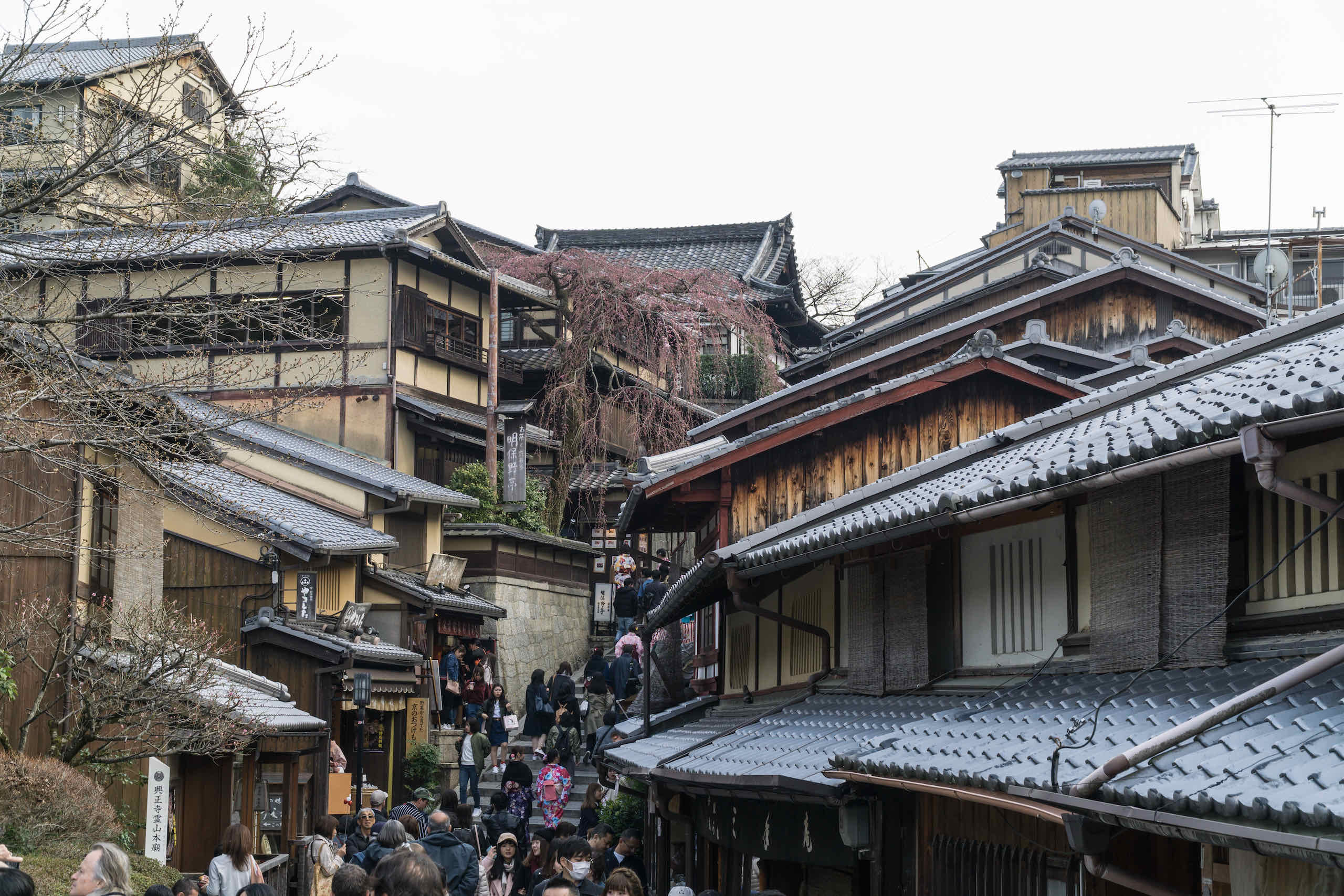
We walked along the stone-paved roads in Higashiyama (Ninenzaka and Sannenzaka) that lead up to the Kiyomizu Temple.
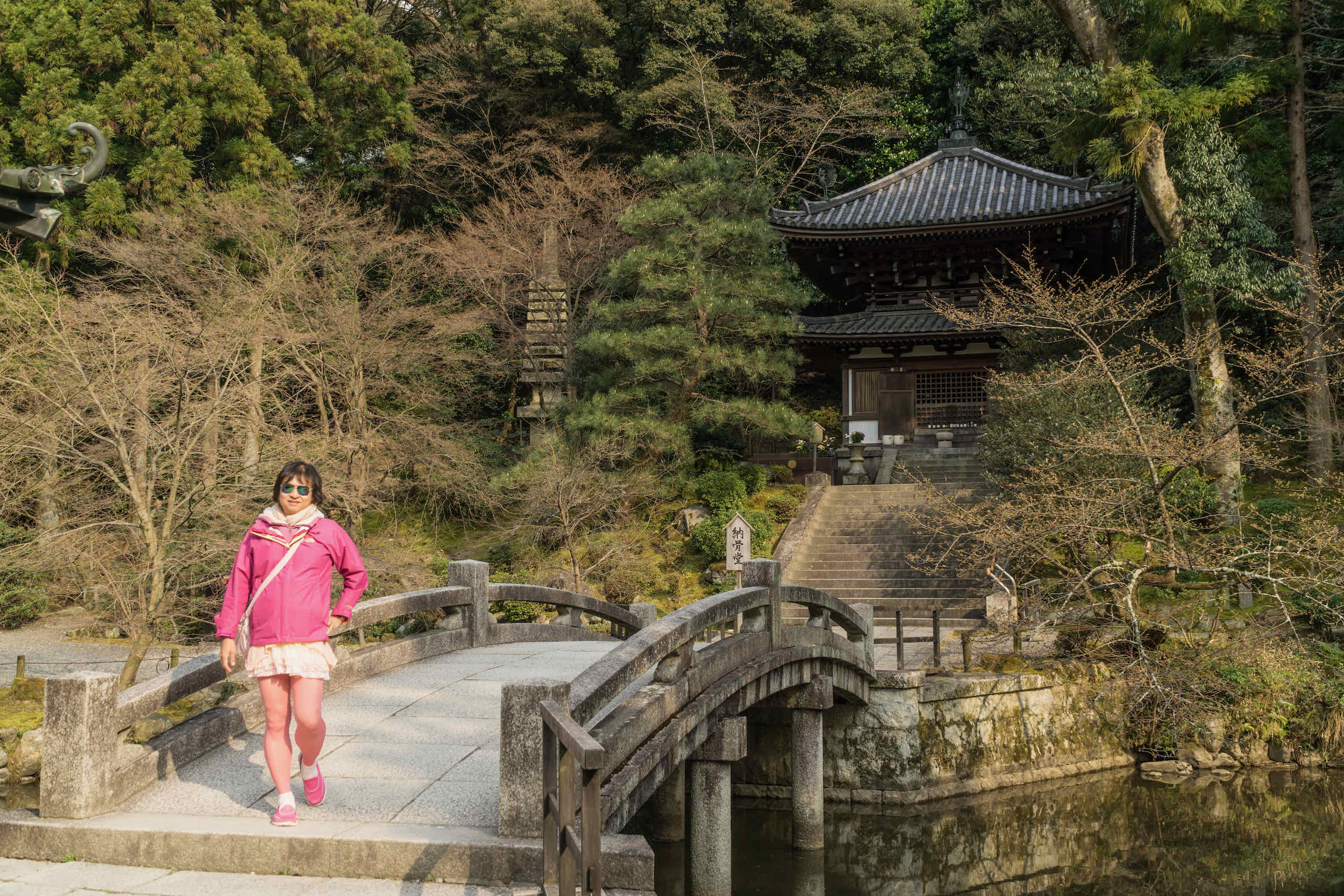
Chion-in is a Pure Land Buddhism temple consisting of a colossal main gate (Sanmon), a huge temple building and Japan’s largest temple bell.
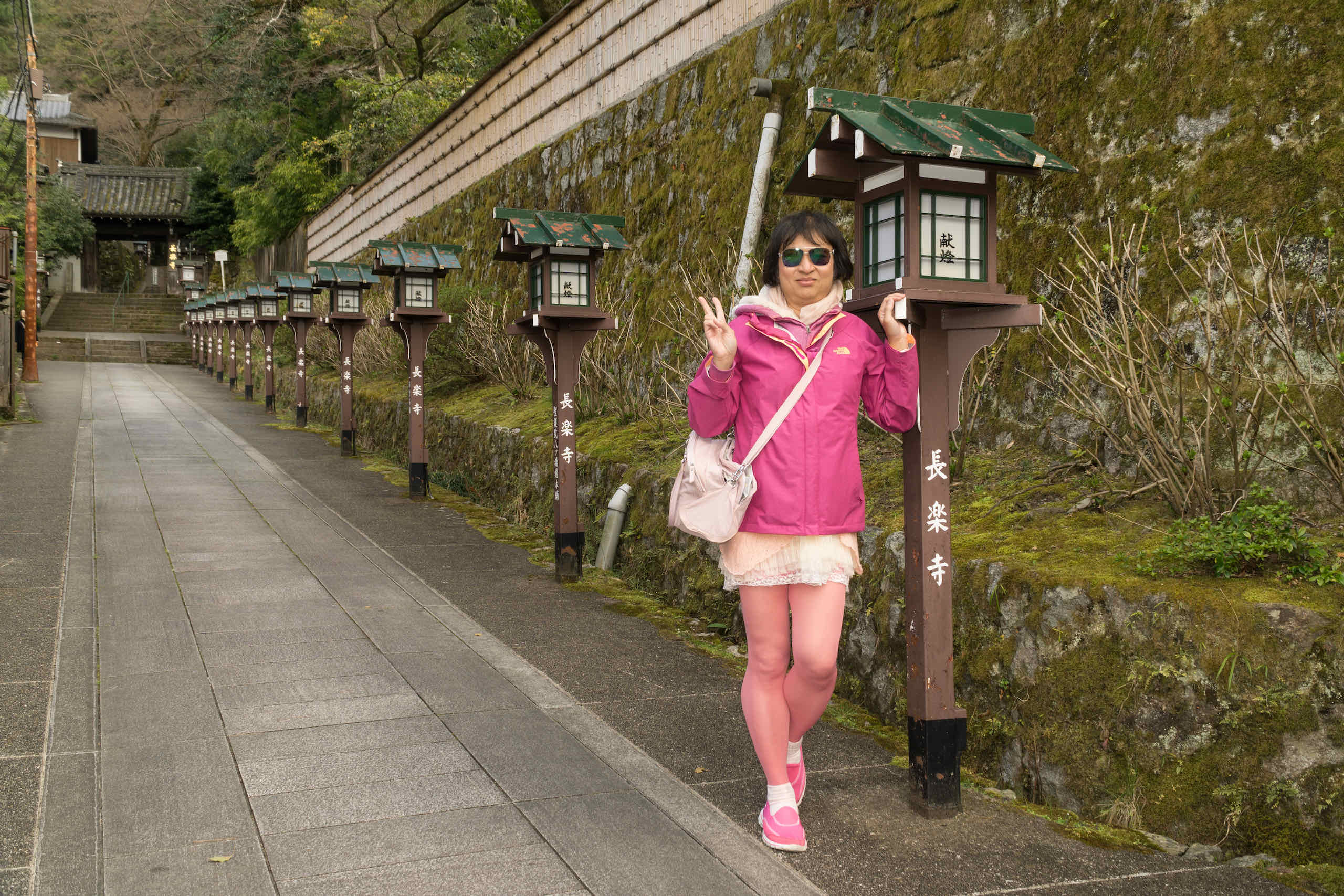
Otani Sobyo Mausoleum is the grave of Shinran, the founder of the Shinshu sect Otani school (Higashi Hongan-ji Temple).
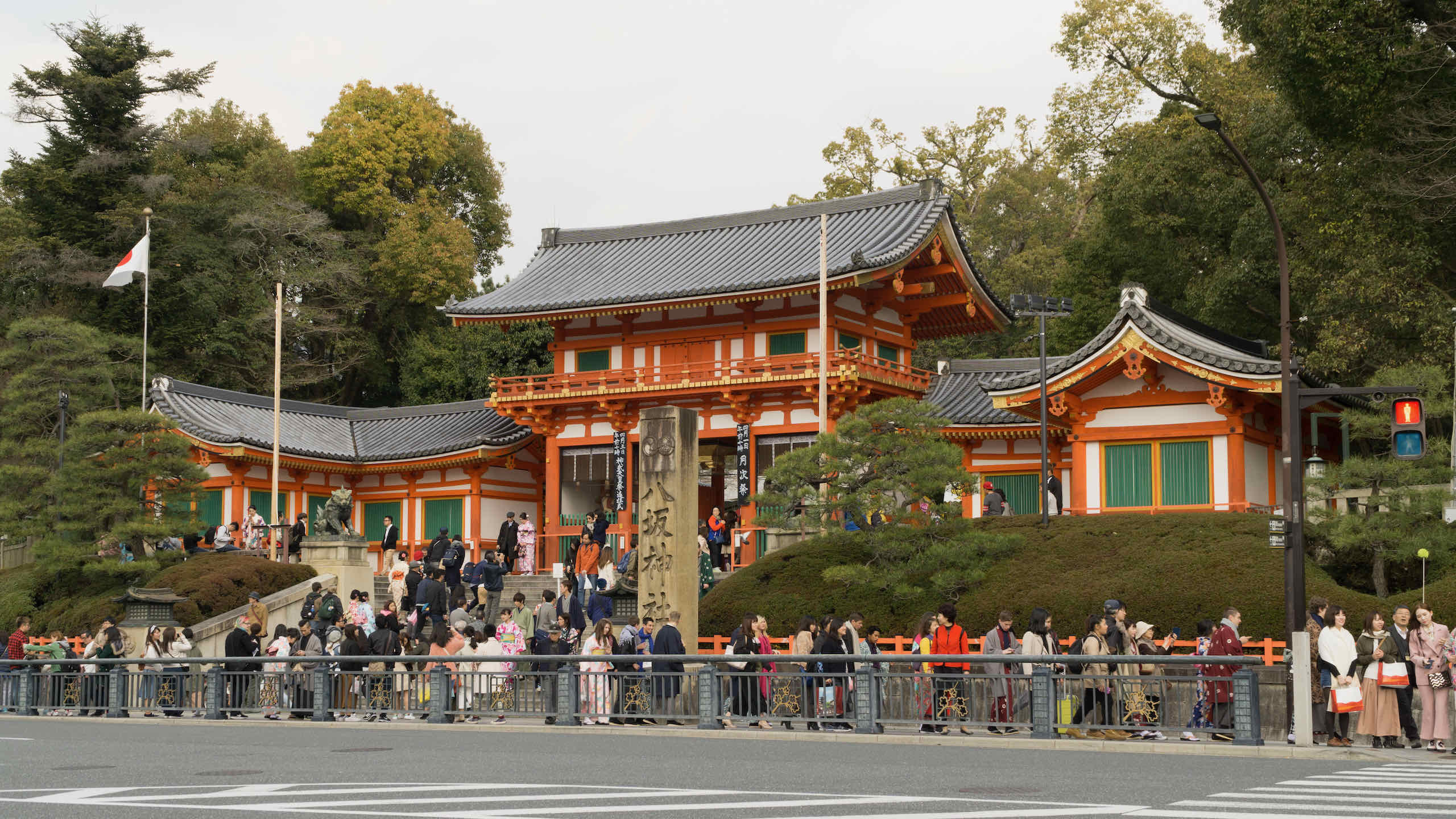
Yasaka Shrine (八坂神社), once called Gion Shrine (祇園神社), is a Shinto shrine in the Gion District of Kyoto, with bright red gates.
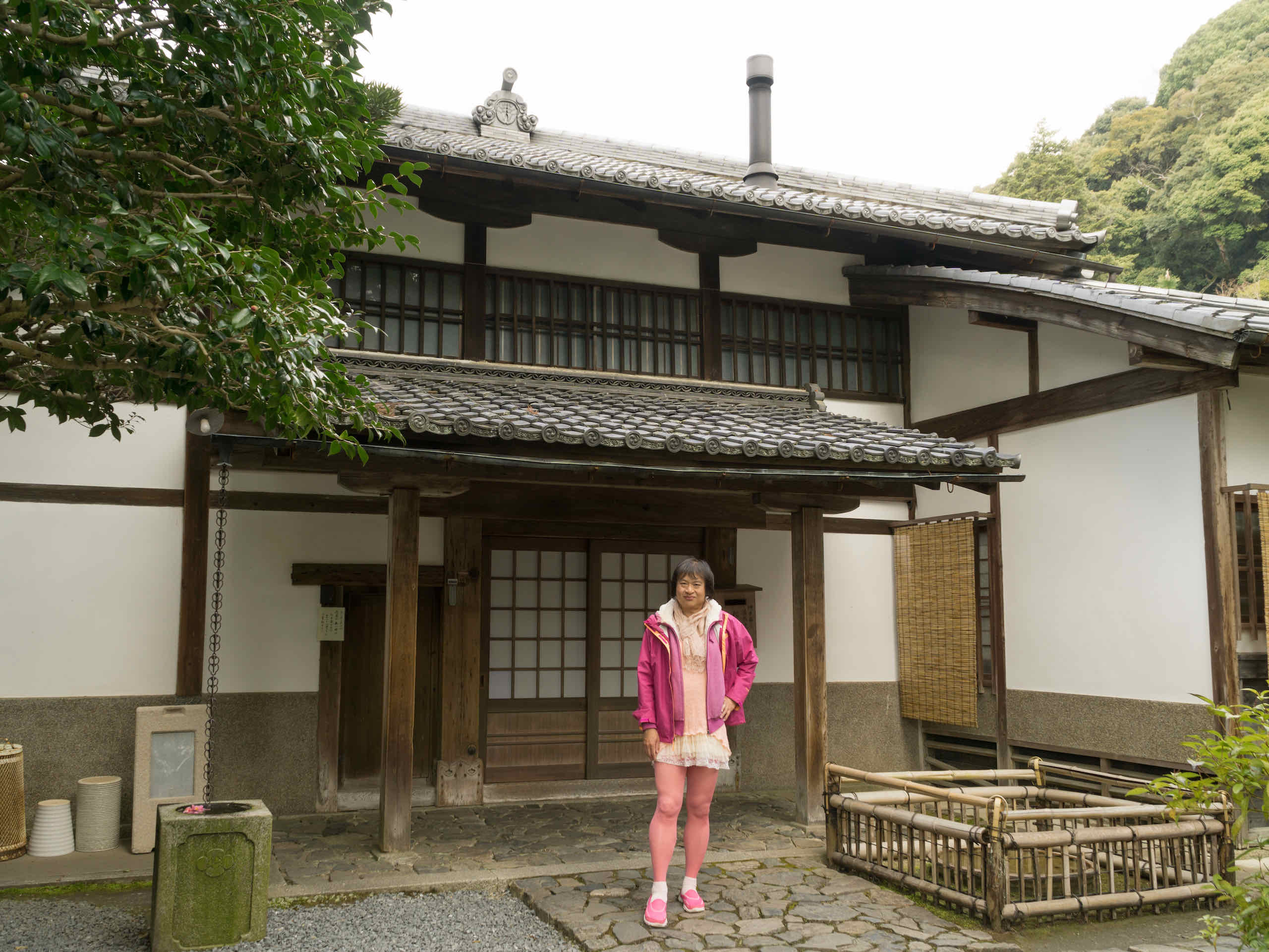
Honen-in ((法然院)) is a nice quiet reflective temple on Kyoto's Philosopher's Path. There is an amazing statue of Buddha here.
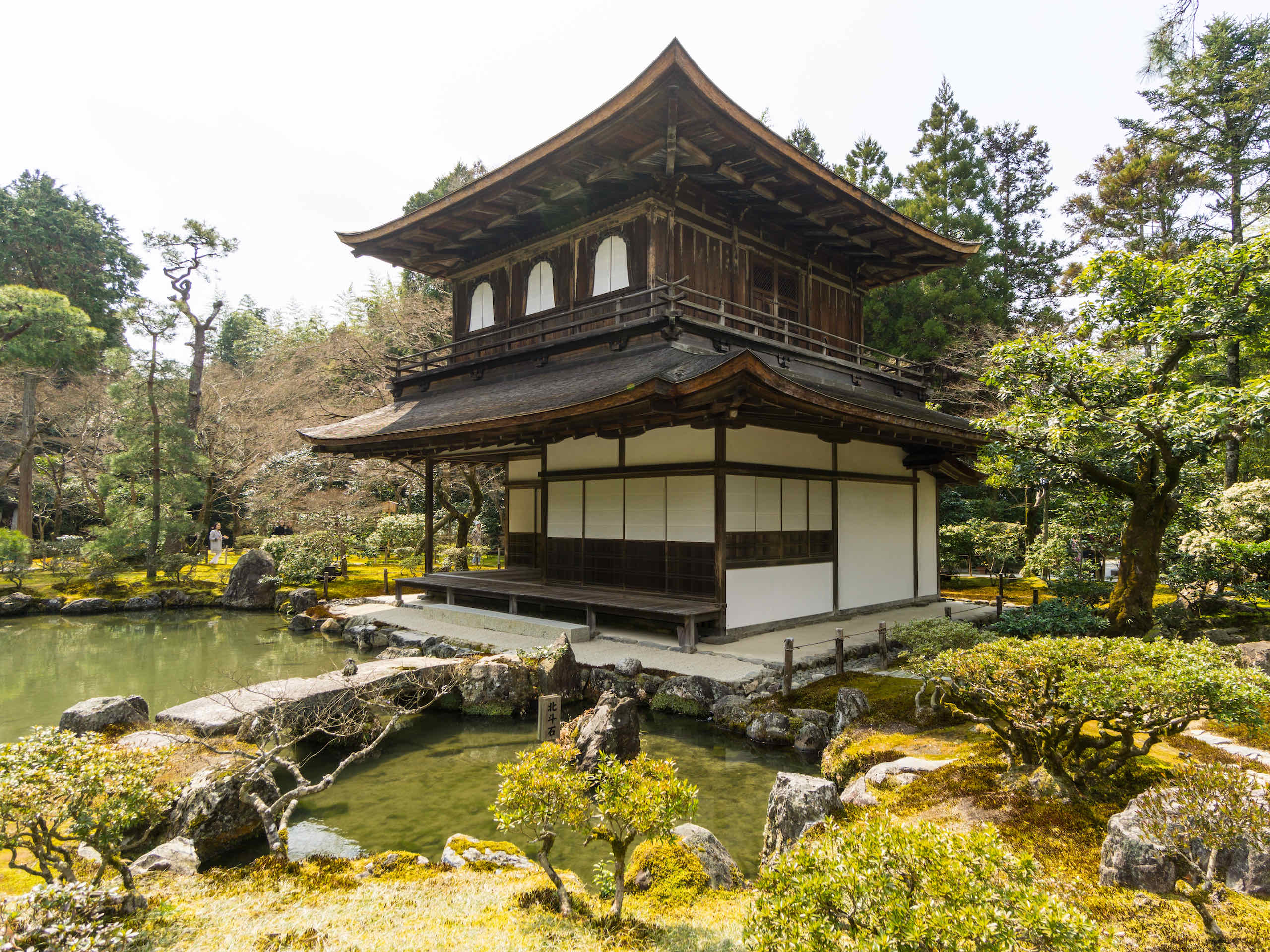
Ginkaku-ji (銀閣寺), or Temple of the Silver Pavilion, is officially named Jishō-ji (慈照寺) and built for a Shogun who became a Buddhist monk.
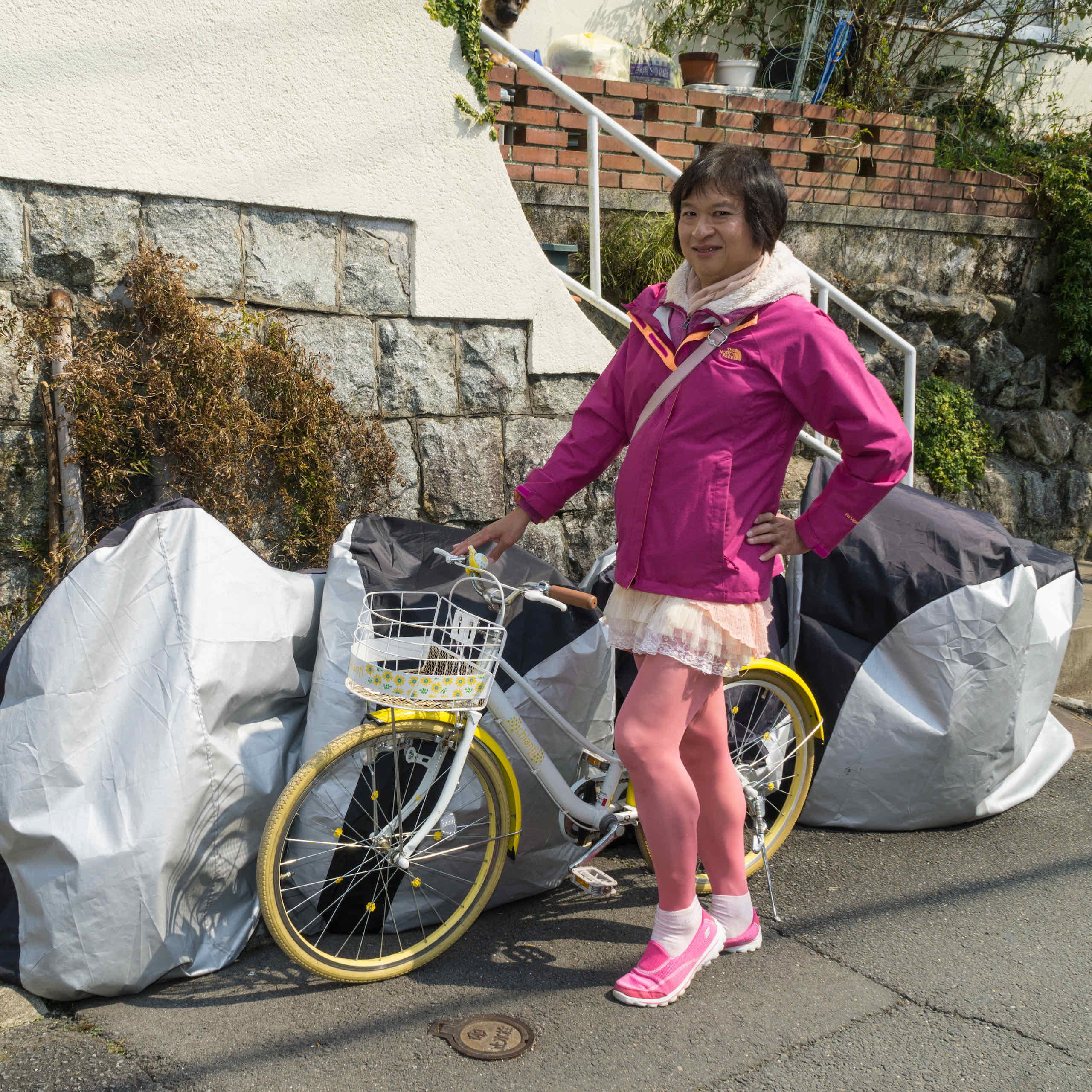
Today we traveled from Osaka to Kyoto and arrived in the morning. Along the way we passed through some interesting sculpture street art.
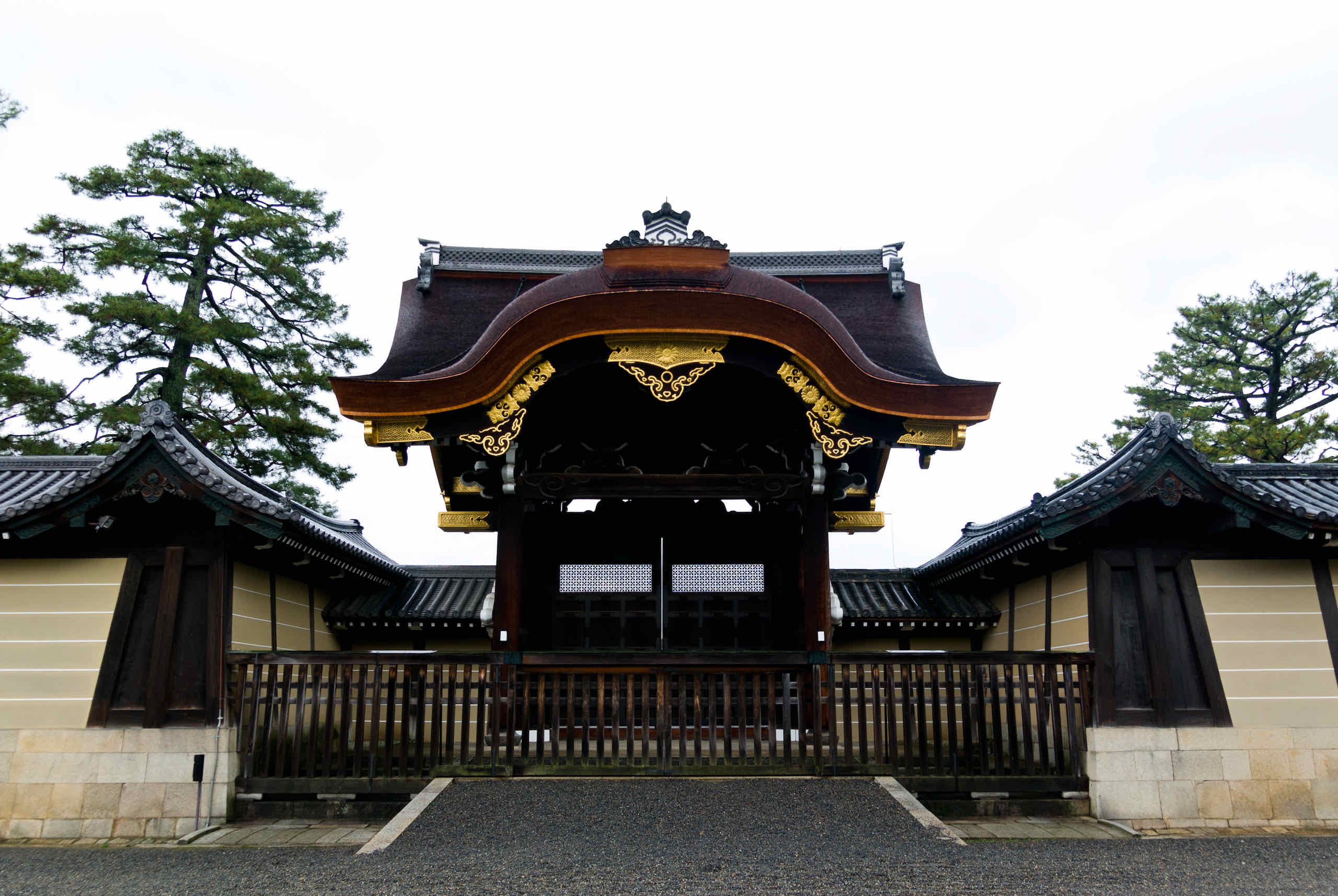
Kyoto Gyoen is a national park at the heart of Kyoto that features nothing less than an Imperial Palace, the former residence of the Emperor of Japan.
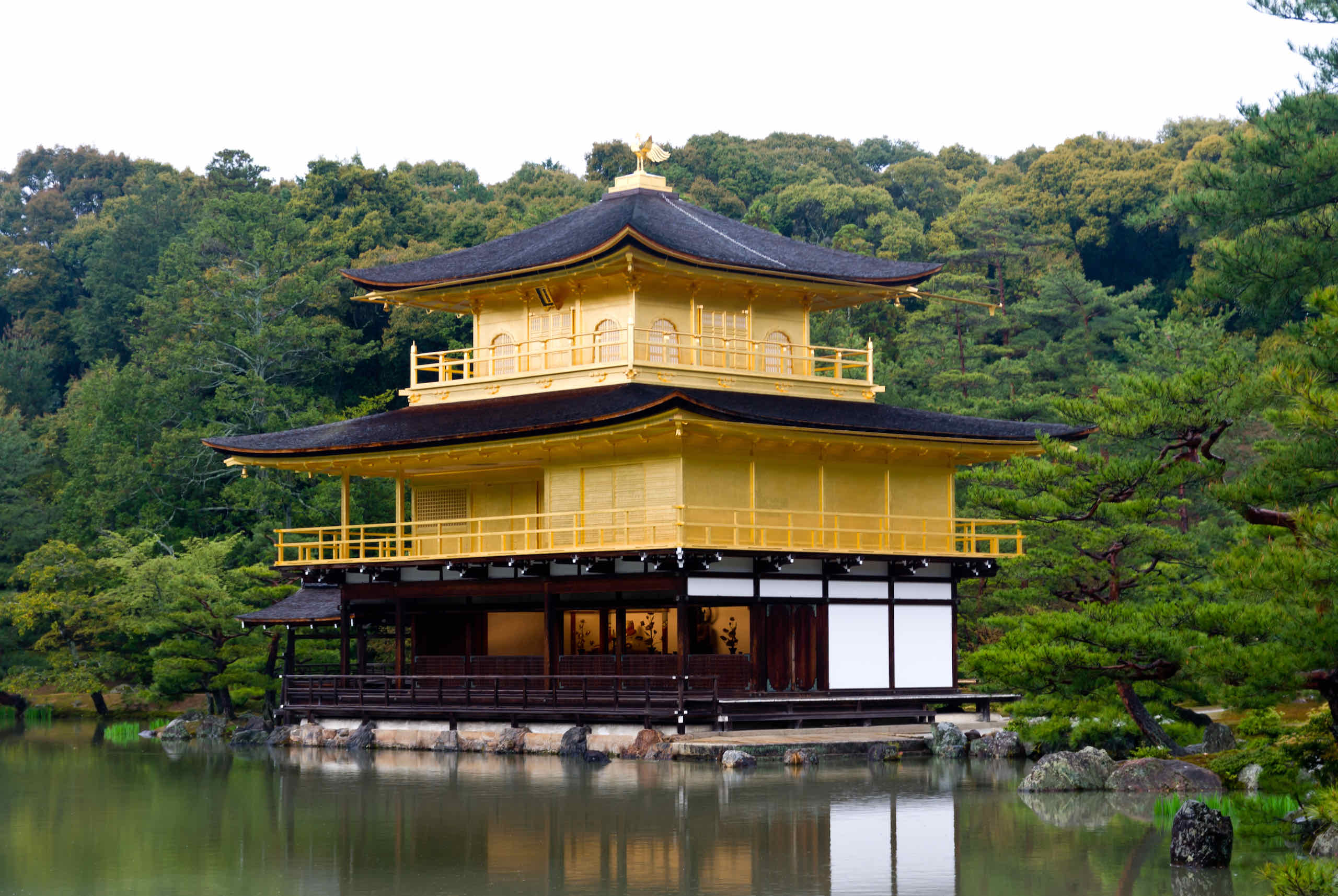
Kinkakuji , also known as the "Temple of the Golden Pavilion", is so famous that it is the subject of the novel by Mishima Yukio.
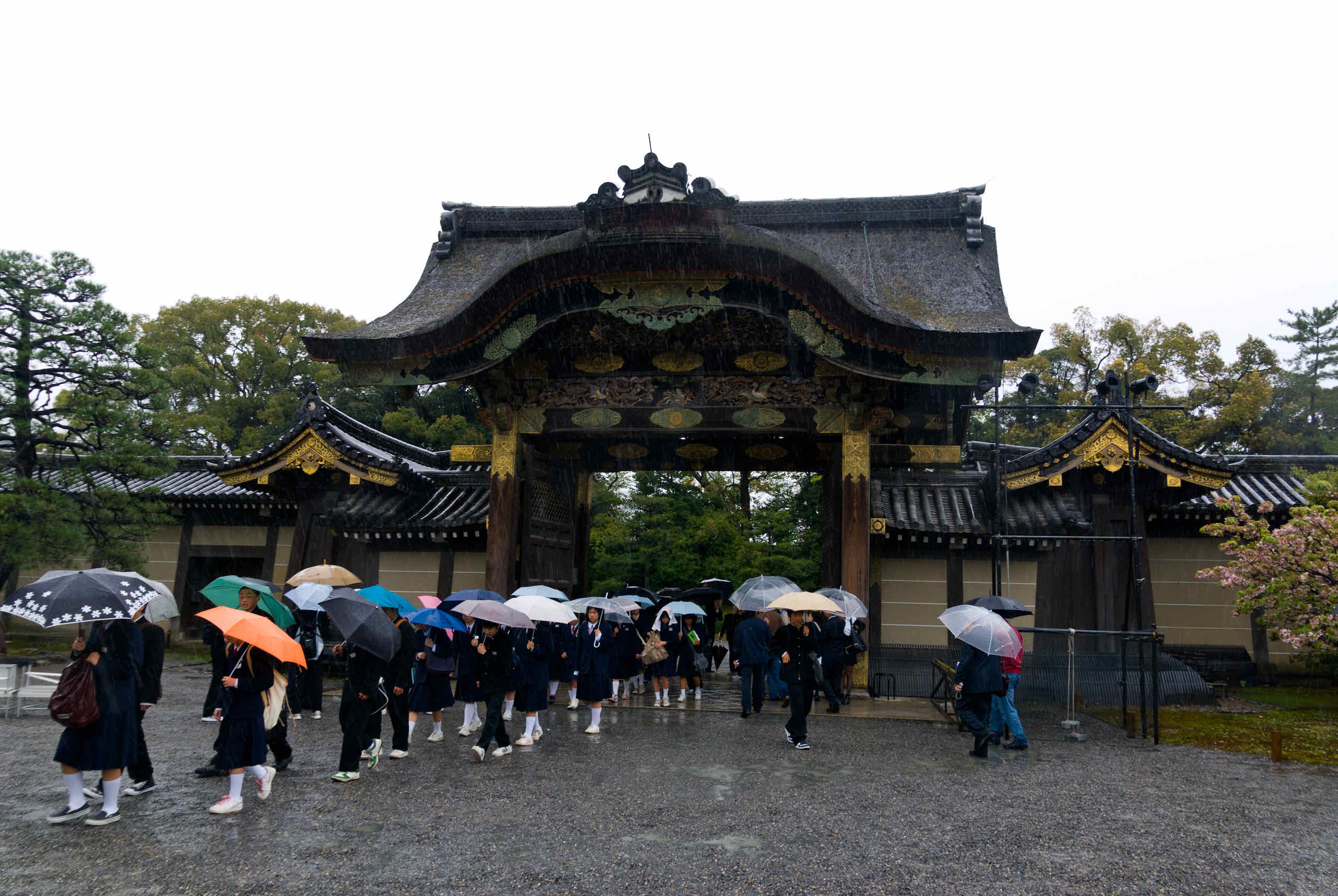
Nijou Castle was commissioned by Shogun Tokugawa Ieyasu as the residence for the Tokugawa clan when they are in Kyoto.

